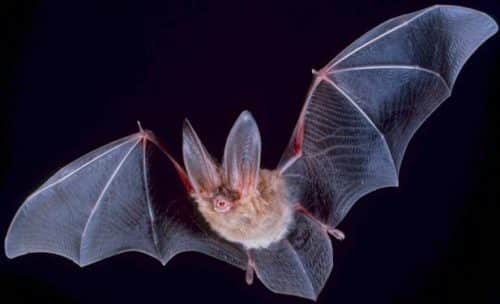A drone robot with orientation capabilities in the dark was developed inspired by the orientation and navigation mechanism of bats

By Yael Halfman Cohen
The use of drones is developing at an accelerated rate. Futurists predict that the day is not far off when the sky will be flooded with drones that will perform many tasks, from delivering deliveries and mail to complex rescue and rescue tasks.
Along with the promise, there are many more technological challenges. One of them is navigation and orientation of drones in dark conditions. Today, drones are controlled using vision-dependent systems, video cameras, satellites or laser-based radar. But what will happen if drones are used for intelligence or rescue purposes in conditions of darkness, dust or smoke, which characterize situations of movement in collapsed buildings or under tunnels? In these situations, drones based on vision systems will not be able to function.
In order to allow drones to hover over complex obstacles in the dark, researchers at the University of Cincinnati examined the advantages that bats have when using vocalizations and echolocation (location using sound waves) when navigating to find food.
The bats make clicking sounds from their throats, and a signal processing system detects the repeated sounds and enables the creation of a spatial image through echolocation. Different types of bats make calls at different frequencies. The bats' field of vision is relatively narrow compared to the human field of vision (60 degrees compared to 210), but it allows for impressive orientation and navigation, allowing, among other things, catching food while in flight, identifying frogs hiding motionless on green leaves, and of course identifying obstacles. Now this feature is used for autonomous navigation in the dark.
The researchers built a XNUMXD model of a drone robot. The design of the robot was based on the imitation of the bat, including the design of the robot's body as the bat's head and the imitation of the shape of the ears and their contours and their position asymmetrically as in the biological model. The robot combines microphones capable of transmitting sounds at different frequencies and sensors to detect the repeated sounds, in order to enable the imitation of the echolocation mechanism. In the attached video you can see the model.
An autonomous bat drone eliminates the need for a pilot and does not depend on vision-based navigation and communication systems. Therefore, this development is already attracting a lot of interest, and we will surely hear more about it in the future.
More of the topic in Hayadan:
